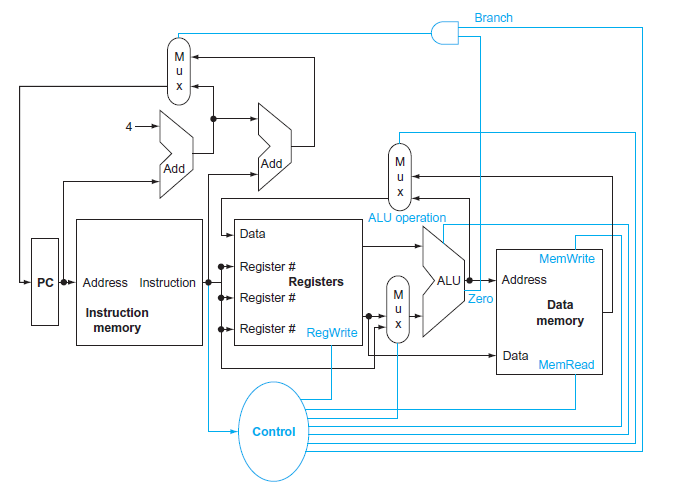Question: When processor designers consider a possible improvement to the processor datapath, the decision usually depends on the cost/performance trade-off . In the following three problems,
Figure 4.2

Consider the addition of a multiplier to the ALU. Th is addition will add 300 ps to the latency of the ALU and will add a cost of 600 to the ALU. Th e result will be 5% fewer instructions executed since we will no longer need to emulate the MUL instruction.
1. What is the clock cycle time with and without this improvement?
2. What is the speedup achieved by adding this improvement?
3. Compare the cost/performance ratio with and without this improvement.
Branch Add Add ALU operation Data MemWrite Register # Address ALU Registers PC Address Instruction IZero Register # Data Instruction memory Register # RegWrite memory Data MemRead Control
Step by Step Solution
3.34 Rating (154 Votes )
There are 3 Steps involved in it
1 Clock cycle time is determined by the critical path which for the given latencies happens to be to ... View full answer

Get step-by-step solutions from verified subject matter experts


